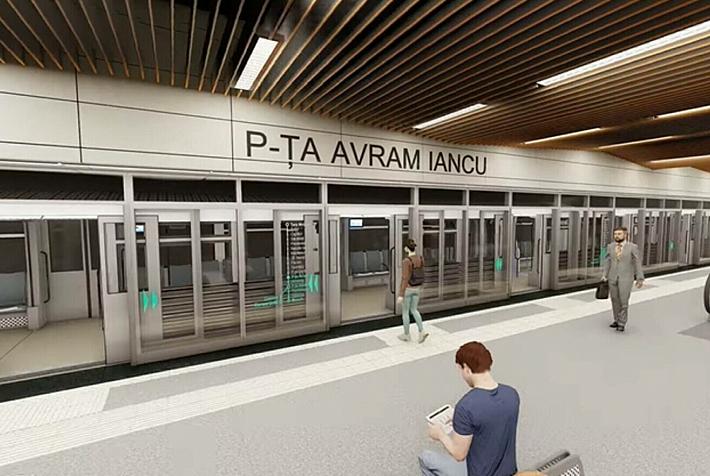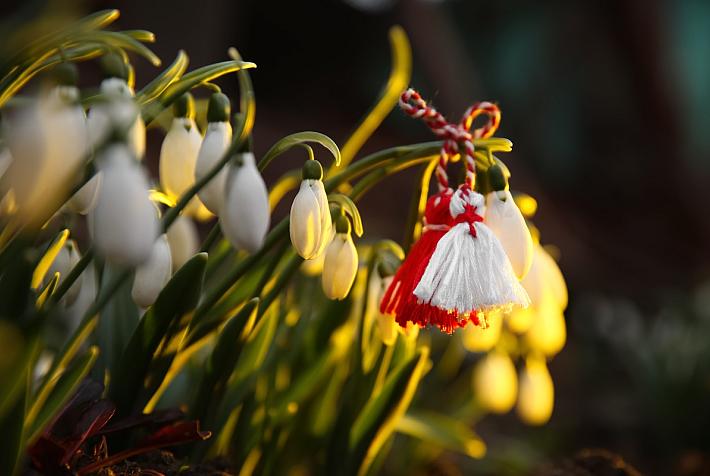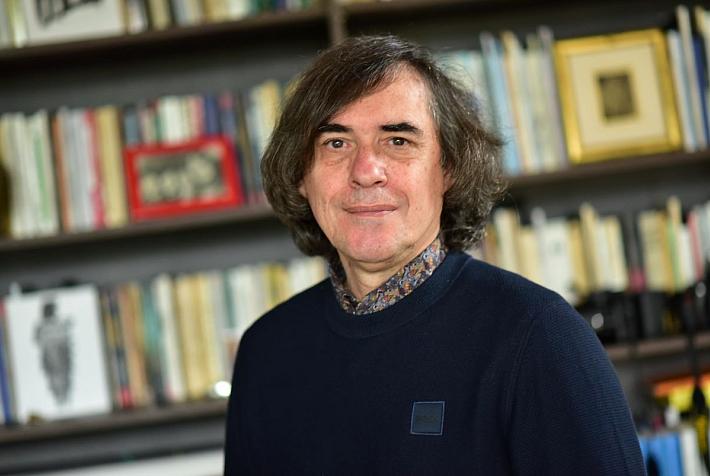Romanian museum dedicated to forced collectivization under communism adds new wing with EU funds

The Museum of Collectivization, the first in Romania dedicated to the forced collectivization period of the communist era, is set to open a new wing, Corp B, funded through the EU-backed National Recovery and Resilience Plan (PNRR) and co-financed by the National Cultural Fund Administration (AFCN).
With the new building, the museum located in Tămășeni, Neamț county, expands its educational and historical approach, offering a better understanding of forced collectivization – a phenomenon that affected hundreds of thousands of families in rural Romania.
The museum project, launched in 2020 at the initiative of Iulian Bulai, aims to provide an authentic perspective of the impact of collectivization on the lives of Romanian peasants. Currently, the museum’s Corpul A includes five rooms - “House,” “Land,” “Quotas,” “Bread,” and “Fury” - each depicting facets of rural life under collectivization.
The new wing will feature three thematic spaces: “Militia,” “Agitators,” and “Destiny.” These rooms will be designed to highlight moments of retaliation and social control during collectivization, giving visitors a detailed insight into the repressive apparatus of communism and how it shaped the lives of rural communities. Highlights include a reconstruction of a militia post in its original location and personal stories from local witnesses, adding a human dimension to the historical narrative.
The Museum of Collectivization can be visited on weekends between 12:00 and 16:00, with a prior appointment, offering the public a deep foray into the Romanian rural past and the story of collectivization from 1949-1962.
irina.marica@romania-insider.com
(Photo source: the museum)












